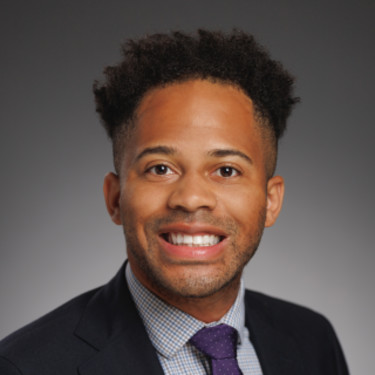Along with the devastating mortality and morbidity, the COVID-19 pandemic in 2020 was a significant source of upheaval in academic medicine. Newly minted academic faculty answered the call and turned their attention to disproportionate, unplanned clinical care. Clinical and bench research came to a screeching halt, labs refocused the primary goal of their efforts, and institutional academic finances, already under stress, sustained heavy damages. Over time, while some institutions started to recover, austerity measures were maintained to preserve the fiscal health of institutions with continued emphasis on clinical revenue, perhaps at the cost of the research mission. In 2025, uncertainty and anxiety among academic institutions led to preemptive measures, including hiring freezes and capping spending of research funds and CME monies.
Overall, academic medicine is more focused on revenue than before. Finance spreadsheets are concerned with numbers over the next three months while scientific and programmatic endeavors must take years of planning to succeed. Clinical effort outside of direct patient-facing time is spent with greater administrative burden of paperwork, prior authorization, and addressing issues through EMR In Basket and phone calls. Simultaneously, private practices have adapted to offer subspecialty opportunities with attractive salaries, clinical and administrative support, greater autonomy and bonuses for additional clinical work, community outreach, and in some situations, hosting medical students and conducting clinical trials. As such, a decrease in funding opportunities and greater time spent in the clinical mission with lesser clinical and administrative support in academic medicine makes the option of private practice tempting and reasonable, making retention and recruitment challenging, and turnover in faculty common. Such turnover, already noted to be concerning in oncology, further adds to the financial burden of departments. Simultaneously, as the intent of science and years of effort, sacrifice, and progress are seemingly disregarded in popular culture and on social media, health care companies based on the business of the patient-doctor relationship make record profit. This fuels nihilism at best or irreversible distrust in the mission at worst.
While these issues concern all vintages, the generation of academic physicians who started their career in the last five years are perhaps most at risk of damage. Wins for our generation have been few and far between, and our resolve may not be strengthened by the emotional memory of reward. Consequently, this may lead to greater frustrations and questions about our purpose. At a time when grant funding rates are declining and academia appears to be lost in translation, it may be difficult to appreciate our North Star. Academic medicine has always been fueled by the idea of pushing the boundaries of medicine and science forward, to be a part of something collectively bigger than the sum of individuals. That belief must be backed by investment and reinforced with evidence of concerted effort. Departments must ensure that early-to-mid career faculty have devoted mentorship and sponsorship within the institution but also beyond. Mentors should meet with and review faculty interests and match them with senior faculty, endowments and opportunities. Diversification of research paths must be explored (Figure 1).
Figure 1
Conversations about wellness focus a lot on managing effort without adequate attention to reward. Regular, frank conversations about relative effort and reward can be effective in renewing momentum (Figure 2).
Figure 2
While the individual must bring effort, it is essential that the institution reward it in the form of time and resources to catalyze success. Philanthropy and other available funds should be invested in support of research endeavors and time for promising individuals early in their career. Strong clinical and administrative support is imperative for the sake of the physician and therefore, the patient. Institutions must continue to support travel and presentation by physicians at national and international scientific conferences for career development. Medical university-based biomedical ventures should be expected to contribute to its tripartite mission, critical to the success of these ventures. Nationally, organizations such as the American Academy of Neurology, American Neurological Association, and American Medical Association must procure the collective wisdom of leadership to understand and improve systemic issues impeding academic growth, including advocating an improvement in physician reimbursement and federal funding and a decrease in administrative burdens. These efforts will undoubtedly trickle down to benefit all faculty, especially those engaged in greater clinical effort, freeing up time and energy to improve clinical care, education, and research.
There will be some who will think of these concerns as the absence of resolve in a younger generation or a tired complaint in a new bottle. The intent of this viewpoint is not to provide an opportunity for the seasoned, successful researcher to question the resolve of the new generation. Nor is it an excuse for the exhausted early to mid-career faculty to abandon long-standing dreams. The current situation presents an opportunity and a plea to acknowledge and address the widening gap from the purpose of academic medicine. The current vintage of early to mid-career academic neurologists represent the legacy of all they follow and the future of neurology. At a time when an aging population is in need of better diagnostics and treatment, and there is a decline in physician-scientists, we ignore them at our own peril.
What must academic medicine do to retain and empower its next generation? Share in the comments.
Dr. Abhimanyu Mahajan is a neurologist who completed his fellowship in movement disorders in 2020 and greatly enjoys the idea of academic medicine.
Image by Crystal Eye Media / Shutterstock







